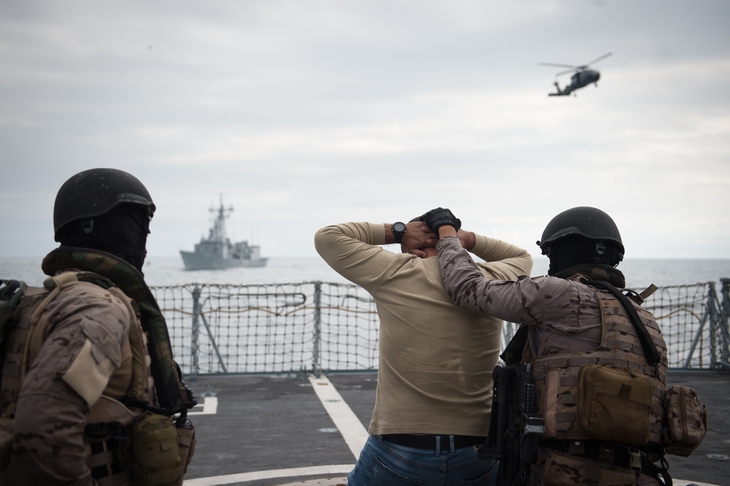At first, the Spanish marines are just a distant dot on the horizon. A few minutes later their speedboat is on our starboard side. The marines clamber aboard, disarm the irregulars who’ve seized this Romanian frigate, and secure the helicopter landing pad on the windswept stern. Watching from a safe distance, you’d never know this was just a wargame. As a Romanian sailor told me, as I struggled to control my seasick stomach, the way you fight in a real war depends upon the way you train. Welcome to Sea Shield, a naval warfare exercise involving 21 ships and 12 aircraft from seven Nato allies: Bulgaria, Greece, Romania, Spain, Turkey, the US and the UK. And welcome to the Black Sea, the front line in the new Cold War.
Russia’s invasion of Crimea in 2014 has had a profound effect on Nato strategy. Nato’s response was a range of so-called Assurance Measures, designed to reinforce Nato’s eastern frontier and build cooperation between its 29 member states.

Get Britain's best politics newsletters
Register to get The Spectator's insight and opinion straight to your inbox. You can then read two free articles each week.
Already a subscriber? Log in






Comments
Join the debate for just $5 for 3 months
Be part of the conversation with other Spectator readers by getting your first three months for $5.
UNLOCK ACCESS Just $5 for 3 monthsAlready a subscriber? Log in